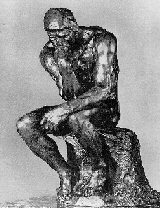 [en]
[en]
This is an expanded version of an older post.
Many writers and probably many bloggers are faced with the typical writer’s block. While this block doesn’t affect many writers who operate in a productivity setting, it does afflict those who need the spark of creativity to express something bright and new.
True creative expression goes through cycles; the similarity between creativity and procreativity is not just linguistic. Both follow cycles and peaks like the female reproductive cycle.
Parecchi scrittori e probabilmente diversi blogger affrontano il tipico blocco dello scrittore. Mentre questo blocco colpisce pochi scrittori che operano in un ambiente produttivo, tipicamente coinvolge invece coloro che necessitano di un lampo creativo per esprimere qualcosa di fresco e innovativo.
L’autentica espressione creativa passa attraverso dei cicli; le somiglianze tra la creatività e la procreatività non sono solo linguistiche. Entrambe seguono cicli e vette come il ciclo riproduttivo femminile.
In the astrological tradition, both the creative and sexual expressions are at home in the fifth house, telling us that symbolically the creative forces in the universe derive from the same archetype. People who have high libidos often have some kind of artistic or creative quality as well.
The Latin word oestrus was used to mean “frenzy, driven by desire, mad impulse.” There’s a compulsive quality in this, a drive to act, just as compulsive as sex can be, being the most (pro)creative energy in the world.
[/en][it]
Questa è una versione espansa di un post che avevo pubblicato in precedenza.
Parecchi scrittori e probabilmente diversi blogger affrontano il tipico blocco dello scrittore. Mentre questo blocco colpisce pochi scrittori che operano in un ambiente produttivo, tipicamente coinvolge invece coloro che necessitano di un lampo creativo per esprimere qualcosa di fresco e innovativo.
L’autentica espressione creativa passa attraverso dei cicli; le somiglianze tra la creatività e la procreatività non sono solo linguistiche. Entrambe seguono cicli e vette come il ciclo riproduttivo femminile.
Nella tradizione astrologica, entrambe le espressioni creative e sessuali si trovano nella quinta casa. La simbologia ci suggerisce che le forze creative dell’universo derivano dallo stesso archetipo. Le persone con una forte libido spesso possiedono anche delle capacità creative o artistiche.
In the astrological tradition, both the creative and sexual expressions are at home in the fifth house, telling us that symbolically the creative forces in the universe derive from the same archetype. People who have high libidos often have some kind of artistic or creative quality as well.
The latin word oestrus was used to mean frenzy, driven by desire, mad impulse. There’s a compulsive quality in this, a drive to act, just as compulsive as sex can be, being the most (pro)creative energy in the world.
The process of creative revelation and the eureka effect has been documented by neurophysiological researches. Joseph Chilton Pearce in The Biology of Transcendence (Inner Traditions International. Rochester. 2002), referring to Margharita Laski’s work on Ecstasy, illustrates the six stages of the discovery process: 1. Asking the question. 2. Looking for the answer. 3. Hitting the plateau period. 4. Giving up the search for a solution. 5. The answer comes as the eureka effect. 6. Translating the discovery in a way that can be understood and shared by others.
This six stage process involves different parts of the brain. Both brain hemispheres are involved, as well as the emotional-limbic brain, which is itself the connection to the heart. Without the passion of the heart, the creative discovery seems difficult to reach. It reminds me of a book by Almaas saying that “Love of truth for its own sake is actually the expression of essential heart.”
What is usually not accepted in our hyper-productive culture that fears silence and the void is that fourth stage of giving up the search for a solution. Even though everybody has the experience of finding a solution or an insight when the mind wasn’t actively searching for it, the general attitude is to push for a solution, not accepting that empty stage. Quoting Joseph Chilton Pearce, “The corpus callosum can complete the circuitry only when the left hemisphere is inactive, when the analytical and critical processes of mind are suspended.” Without knowing anything about neurophysiology, most of the spiritual teachers say that there is a stage of giving up the search and that the condition of not-knowing is necessary for any true insight on ourselves. So the eureka effect path seems to apply both to personal insights and to scientific or artistic works. Given this vision, the writer’s block is not just natural, is even needed for every important creative outcome.
La parola latina oestrus veniva usata per significare frenesia, essere guidati dal desiderio, impulso folle. C’è una qualità compulsiva in ciò, una spinta all’azione, quanto può essere compulsiva la sessualità, come l’energia più fortemente (pro)creativa.
[/it]
Leggi tutto “Writer’s block”


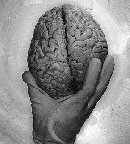
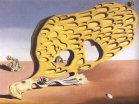
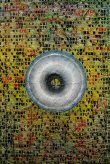

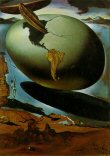

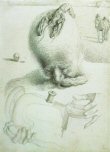
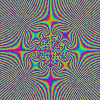 [en]
[en]